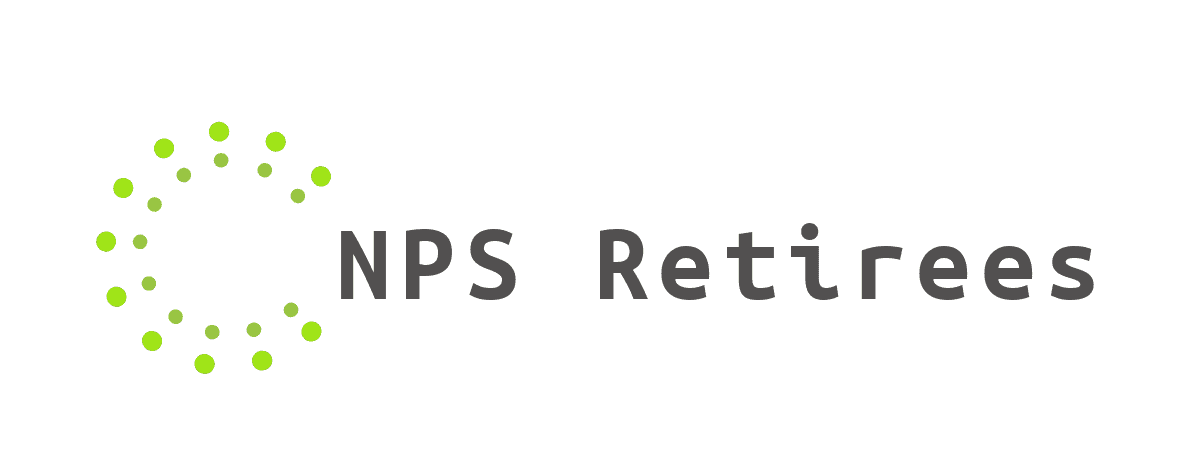Are you into skydiving and are you looking for a full-face helmet? Try this one, but let us discuss the environment we are jumping into first. A sport that gets us closer to the heavens, skydiving also requires us to observe our impact on the ground. Although adrenaline is the most crucial aspect, environmental sustainability is also supported by the equipment we use—especially our helmets.
Manufacturing and Materials: Taking a Closer Examination
Let us explore below the materials that make up this gear and how it is being made.
Traditional Components
Carbon fiber, polymers, and fiberglass are the most common components in making skydiving helmets. These offer protection and durability; however, the operation behind it is energy-intensive, and it imposes possible hazards.
Their long-term biodegradability is also one of the major concerns here. Such materials can contribute to landfill garbage.
Sustainable Solutions
 Other sustainable means that producers are looking after are the use of bio-based polymers and recycled plastics. Using these materials reduces the carbon footprint during helmet production. It also decreases the dependency on virgin resources.
Other sustainable means that producers are looking after are the use of bio-based polymers and recycled plastics. Using these materials reduces the carbon footprint during helmet production. It also decreases the dependency on virgin resources.
The good news is that studies and research on creating full-face helmets using biodegradable materials are already in progress.
Approval of these studies will offer a more ecologically friendly and long-lasting helmet product quality.
From Purchase to Disposal: The Lifelong Impact of Skydiving Helmet
- Selecting a premium, sturdy helmet increases its lifespan, therefore lowering the frequency of replacements and conserving waste.
- Appropriate care and maintenance help to maximize a helmet’s lifetime, therefore supporting its sustainability.
- When a helmet approaches the end of its life, proper disposal is vital.
- Look into recyclable choices for helmet pieces, including some plastics and metal parts.
- Think about lending used helmets to organizations or training facilities that might find a use for them.
The Bigger View: Environmental Consciousness and Skydiving
Skydiving drop zones are progressively using sustainable methods like responsible land management, energy economy, and waste minimization. We can also be responsible cleaners of the places we jump in.
End Notes
Though usually overlooked, our skydiving helmets contribute to our environmental impact. Understanding the materials, production methods, and lifetime effects connected with this kind of gear helps us to make wiser decisions. Together with the expansion of the skydiving community comes our responsibility to preserve the environment we step in.
Adopting sustainable methods will help us to preserve the beauty of our earth and guarantee that the next generations will be able to enjoy flight. Let’s take conscious steps to overcome our worries and reach new heights.


 Encouragement of sustainable practices inside the sector depends much on roofing contractors. Contractors may contribute to lower the environmental effect of roofing projects by using environmentally friendly methods and giving sustainable materials top priority. Leading the way in providing ecologically conscious roofing solutions are businesses like noreastexteriors.com.
Encouragement of sustainable practices inside the sector depends much on roofing contractors. Contractors may contribute to lower the environmental effect of roofing projects by using environmentally friendly methods and giving sustainable materials top priority. Leading the way in providing ecologically conscious roofing solutions are businesses like noreastexteriors.com.